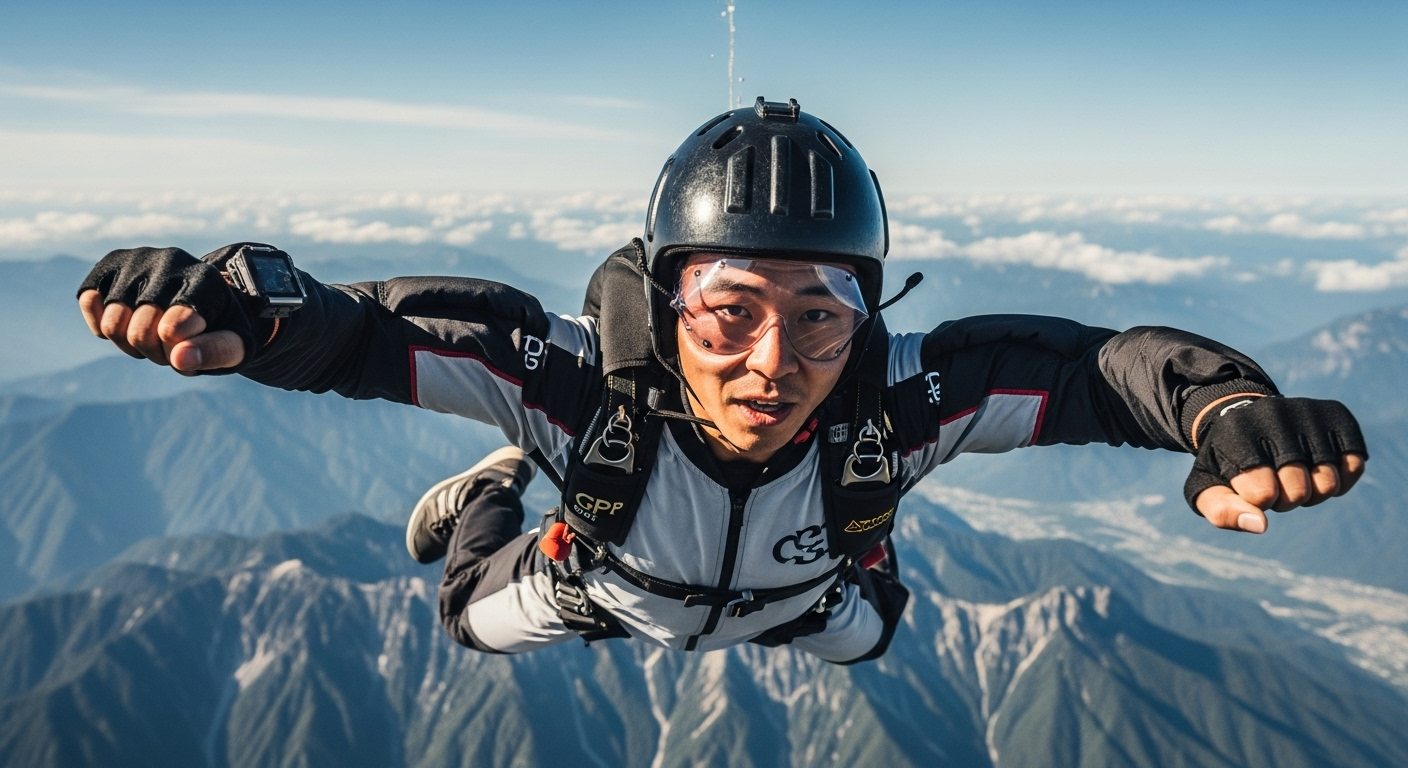Pushing the Boundaries: Extreme Sports and Their Impact on Athletes
The world of sports has never been static. It has evolved and adapted, always pushing boundaries. The advent of extreme sports is a testament to this evolution. While traditional sports like football, basketball, or tennis have their own charm, there has been a shift towards sports that challenge the conventional norms and bring an element of thrill and adrenaline rush. Extreme sports, also known as action sports or adventure sports, are typically characterized by their high levels of risk and physical exertion. They have their origins in the counter-culture movements of the 1960s and 1970s. The desire to break free from the shackles of conformity led to the emergence of sports like skateboarding, skydiving, and rock climbing.

The Thrill Factor: Current Trends in Extreme Sports
Fast forward to today, and extreme sports have become a major part of the global sports landscape. As per the Outdoor Industry Association, nearly half of all Americans participated in outdoor activities in 2018, many of which fall under the category of extreme sports. The popularity of extreme sports is not just limited to the United States. They are gaining traction worldwide, driven by a surge in media coverage and the advent of international competitions.
Living on the Edge: The Appeal and Challenges of Extreme Sports
The appeal of extreme sports lies in the thrill and adrenaline rush they provide. They challenge fear, test physical limits, and provide an escape from the mundane routine of life. However, along with the thrill comes the risk. Extreme sports often involve dangerous environments and conditions, and there is always a risk of severe injury or even death. Despite these risks, the allure of extreme sports is undeniable.
The Science of Extreme: The Impact of Extreme Sports on Athletes
The impact of extreme sports on athletes is both physical and mental. Physically, these sports demand strength, endurance, agility, and balance. They push athletes to their physical limits and often lead to improved fitness and health. On the mental front, extreme sports help athletes develop mental toughness, resilience, focus, and decision-making skills.
Extreme Sports: More Than Just a Thrill
Extreme sports are not just about thrill-seeking. They foster a sense of community and camaraderie among athletes. They also instill values like discipline, perseverance, and courage. Moreover, extreme sports can also have a positive impact on society. They can promote tourism, stimulate local economies, and inspire people to lead active and healthy lives.
In conclusion, extreme sports are much more than just an adrenaline rush. They are a testament to human courage, resilience, and the desire to push boundaries. As extreme sports continue to evolve and grow, they will undoubtedly continue to inspire and captivate audiences worldwide.






